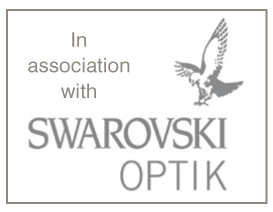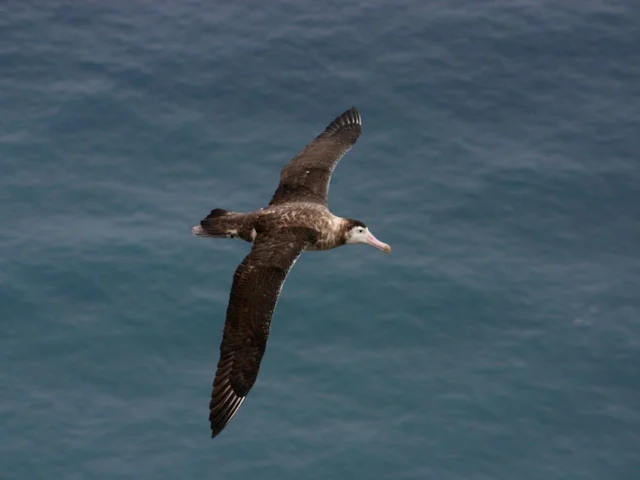 The growing acceptance of the large number of species splits recently made in the albatross family has been called into question by a new review.
The growing acceptance of the large number of species splits recently made in the albatross family has been called into question by a new review.
It has become widely accepted that the albatross family Diomedeidae consists of up to 24 species, particularly when considered in the context of the Phylogenetic Species Concept (PSC) – the idea that a species can be defined as a diagnosable group of organisms which are each others' closest relatives and cannot be reduced into any smaller such groups. In its most literal form it precludes the existence of subspecies, should these be discrete and definable.
The concept has been siezed upon by birders and conservationists alike, the former often because it enables them to 'count' more species for their list and refine the extremes of their field identification skills, the latter because it allegedly affords the protection of a wider variety of biodiversity, as conservation legislation and funding is usually based on preserving organisms at the species level.
These reasons do not necessarily justify the creation of a species in terms of pure science, however. In a new paper, ornithologist John Penhallurick – creator of the web resource www.worldbirdinfo.net – calls into question what could be called the 'over-splitting' of these forms, and proposes that the variation in some of the traditional albatross species is due to the ecological and environmental influences on the birds' genetics. This is particularly the case in Wandering, Black-browed and Shy Albatrosses, all of which have had recent and widely accepted divisions into fairly similar-looking new species.
Wandering Albatross Diomedea exulans has a breeding range which extends from the traditional nominate subspecies' circumpolar, sub-Antarctic island colonies north to Tristan da Cunha (D e dabbenena) and through islands off the south coast of New Zealand (D e antipodensis and D e gibsoni); a further taxon has been named from the Indian Ocean, D amsterdamensis, sometimes mooted as part of the Wandering Albatross complex.
All five forms are comparatively recently diverged and differ in their level of retention of juvenile plumage types. As well as decreasing in size the further north it gets, Wandering Albatross sensu lato also becomes more progressively brown, essentially by the clinal conserving of immature plumage; the most northern taxon, D amsterdamensis is almost completely dark brown.
From at least 1998 onwards, these forms have all been elevated to full species by some authorities, supported by a mitochondrial genetic divergence of 4.5-5.2 per cent in the most differentiated forms, using those fast-evolving gene types. However, an analysis of the more slowly changing nuclear cytochrome b gene by Penhallurick and Wink (2004) found a divergence of under 3.2 per cent among all the D exulans taxa, and considered that figure the threshold for promotion to full species. Supporters of the PSC suggest that introgression (the exchange of unique genes between discrete taxa) is responsible for the low genetic differentiation of many albatross species, but Penhallurick points out that none of those unique gene types have been found to cross over to other subspecies.
Penhallurick rejects the PSC as too narrow (probably a valid criticism of any species concept), and rejects the acceptance of the multiple splits of albatrosses by conservationists as taxonomically inconsistent and biased. He suggests that the gradual changes in plumage colour along a rough south-to-north gradient are due to the influence of climatic conditions on rather plastic plumage types, producing clinal ecological forms isolated on their natal island groups.
He states the key mechanism for this morphological flexibility is to be found in epigenetics – environmental influences on the activation but not the actual structure of a gene – enabling different levels of brown coloration to be produced. Male D e dabbenena disperse south and have overwhelmingly white plumage, while the females retain juvenile-like brown plumage and disperse north; this arrangement is epigenetically controlled, and this effect quite probably controls the distribution of darkness in the plumage of the different subspecies as well.
References
Penhallurick, J and Wink, M. (2004). Analysis of the taxonomy and nomenclature of the Procellariiformes based on complete nucleotide sequences of the mitochondrial cytochrome b gene. Emu 104: 125-147.
Penhallurick, J. 2012. The Number of Albatross (Diomedeidae) Species. The Open Ornithology Journal 5: 32-41.
Albatross splits feel the heat
71ba5dbe-9d08-4eda-8824-a201cc63cf30


